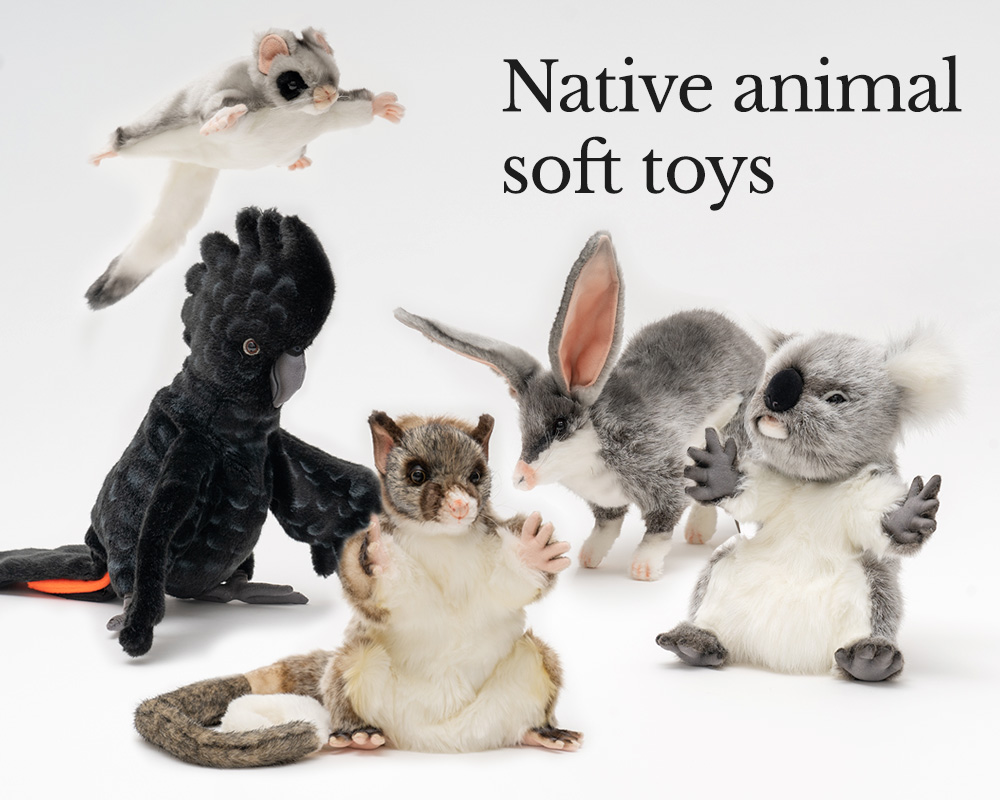Small dragon disguises itself as white quartz

Landscapes don’t get much harsher: plains of blinding white quartz studded with stunted acacia shrubs stretching towards a horizon shimmering in a heat haze. Survival in such a place is tough.
It stretches credibility that an animal could be so finely tuned to this land of scorched stones that it lives nowhere else. Such a specialised creature does exist, but finding it is near impossible.

There are several small lizard species called pebble-mimic dragons that live in Western Australia’s stony, arid lands. They have head-and-body lengths of about 6.5cm and are coloured in tones of brown and red that match perfectly with substrates extending over vast tracts from the Pilbara in the north to the goldfields of the state’s south-east.
Unlike most other dragon lizards, pebble-mimics are not particularly swift. Theirs is a strategy of ‘scuttle and crouch’, achieving near-invisibility the second they stop and tuck in their limbs. These dragons have taken camouflage to a whole new level.
Reptiles rarely mimic inanimate objects. But these lizards go beyond matching background colours or textures – they physically copy surrounding stones.
With round heads, plump bodies, short limbs and thin little tails they blend superbly with dryland stones called gibbers.

In the Gascoyne region, the Gascoyne pebble-mimic dragon has gone a step further and evolved to resemble a particular kind of rock.
Its pale-brown to almost-white colouration specifically mimics quartz. Very few have ever been photographed and it’s the most poorly known member of the pebble-mimic group – unsurprising considering the remoteness of where this lizard occurs and the difficulties of seeing it in the landscape. It’s assumed its habitat is broadly similar to those of other pebble-mimics.
On a recent visit to the Gascoyne region I was hopeful but far from confident of seeing one. The chances of spotting a little round white lizard among billions of quartz stones are remote. But one hot afternoon I thought of how I could narrow the odds by looking in the shade of acacias, got lucky and found one.
I’d like to think my keen eyes saw through its uncanny disguise but the truth is, it broke the cardinal rule of camouflage. It moved.


